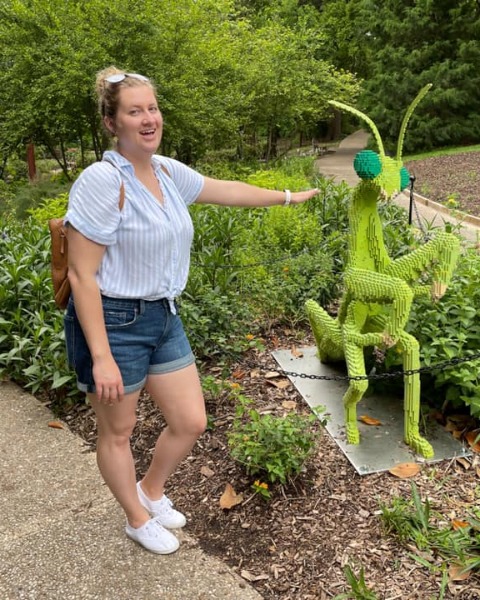PBT
Student Competition 10-Minute Paper
Red sunflower seed weevil (Smicronyx fulvus) management, supercooling, and emergence

Shawna Pantzke
Center for Vector Biology, Rutgers University
New Brunswick, New Jersey
Beth E. Ferguson
Rutgers University
New Brunswick, New Jersey- JP
Jarrad R. Prasifka
USDA-ARS
Fargo, North Dakota 
Deirdre A. Prischmann-Voldseth
North Dakota State University
Fargo, North Dakota
Joseph P. Rinehart
USDA-ARS
Fargo, North Dakota
Presenting Author(s)
Co-Author(s)
Red Sunflower Seed Weevil is a primary pest of North American Sunflower crops, decreasing seed weight and oil production. This pest species rears young once a year, with larvae remaining in the soil until early in the summer. The Sunflower Seed Weevil requires pollen to assist in egg development, laying eggs in the hull of the sunflower onto developing seeds. Larvae will mature, then chew through the hull and drop onto the ground where they burrow down and remain until the following year for the cycle to start over again. While overwintering, it is important to understand how deep in the soil weevils are to improve management practices such as tilling. To avoid freezing due to lowering temperatures, weevils must burrow deeper to into the soil or adapt using ‘supercooling’ thus lowering the freezing point of the liquid in their bodies. Emerging weevil larvae were collected from sunflower heads that were bagged and brought into the lab. Weevil larvae were put into bags of sand and stored in cold storage to be later tested for supercooling. Supercooling was tested by lowering the temperature 1 degree Celsius at a time until a spike in the temperature is seen, indicating the freezing point of the weevils. This was supplemented with an outdoor emergence study. At this point in the study Red Sunflower Seed Weevil appear to not use supercooling though results are pending as the study is still in progress.


